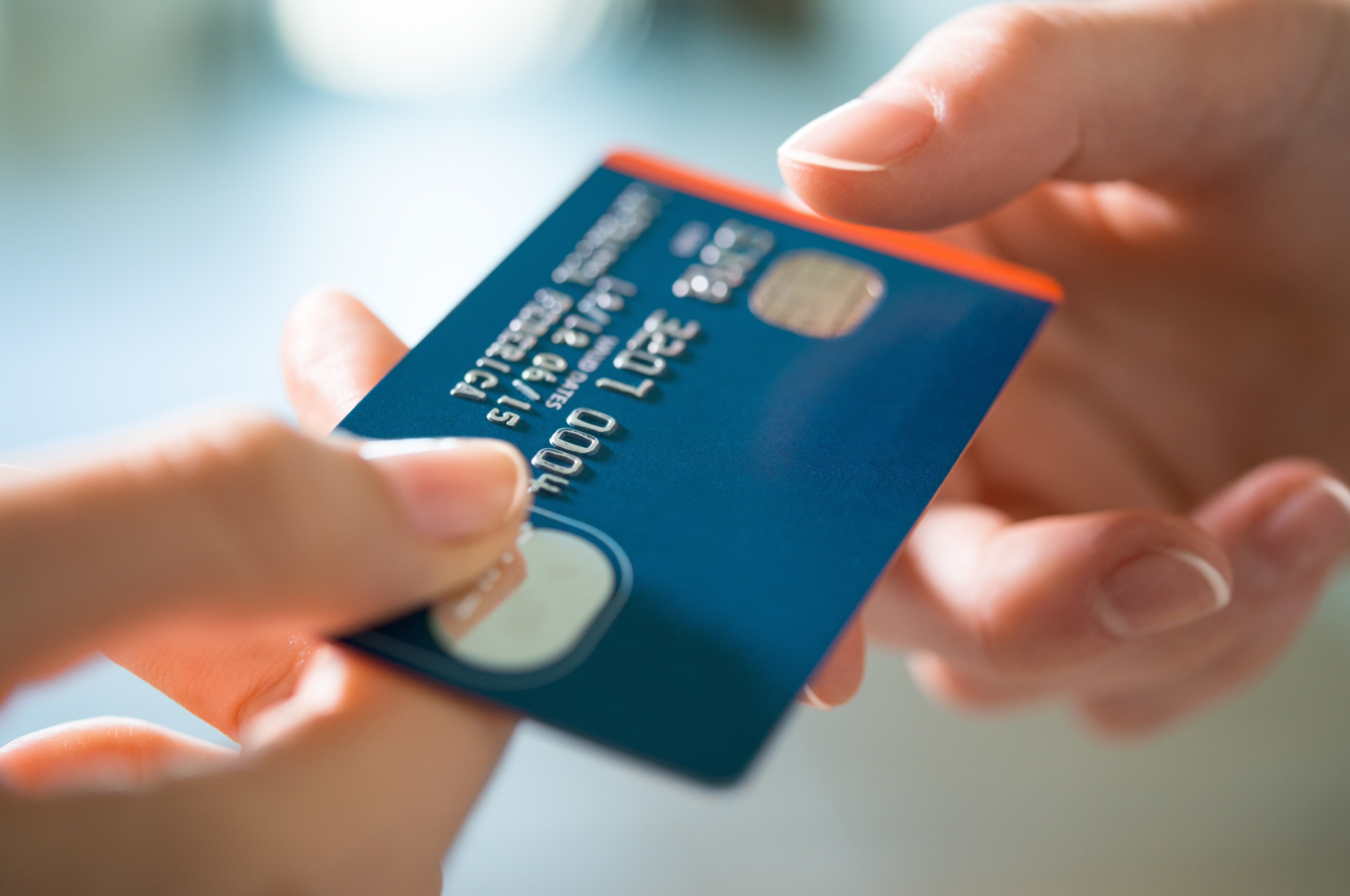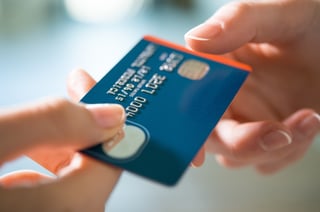
There are many simple activities that turn out to be not so simple when we take a closer look. A classic example is the American grade-school exercise of writing out the instructions for making a peanut butter and jelly sandwich. It’s easy to leave out crucial steps or make assumptions that don’t end up on paper. Did you remember to gather everything you need? Did you mention using a knife to spread the peanut butter? Did you use the same knife or a different one for the jelly?
Conducting user research to discover how people perform tasks to achieve their goals is called task analysis. There are several different methods of task analysis. Some focused on breaking down tasks into defined subtasks, others focused on understanding the cognitive processes and requirements involved in performing particular tasks, but all are methods of creating a process map or workflow.
User experience professionals use task analysis early in the design process of a new product to understand not only what the user needs to do, but how they actually go about doing it in their daily lives. This goes beyond an abstract breakdown of the task into discrete steps toward understanding the user and the complex interactions between their particular background, their mental state, and the surrounding environment. For medical devices or other mission-critical products where misuse or use error can cause potential harm, a task analysis is used in conducting risk analysis and determining potential failure modes and their consequences.
When people use a product, whether it’s a mobile app, a website, or a medical device, they are trying to do something. Whether that be play a mobile game, find information on Wikipedia, or give themselves an insulin injection, they come to it with certain expectations and experiences. If you’re creating a product to help someone achieve a particular goal, understanding the task the product is supposed to assist with, or accomplish, is crucial for success.
Imagine you’re part of a team developing a new mobile payment app. You conduct research to determine who your potential users are and what matters to them:
- Customers: I want to be able to pay quickly for purchases with my credit card on the go.
- Small business merchants: I want to be able to process credit card transactions quickly and capture customer information to grow my business wherever I am.

![]()
Since the basics of the payment process are fairly well understood, the engineers code up the interface for the following high-level task sequence:
Customer
- Selects item for purchase
- Selects quantity
- Hands merchant their credit card
Merchant
- Processes the credit card
- Enables customer to have a receipt sent
- Enters customer info for future marketing
A prototype was developed and tested in usability evaluations with participants representative of typical customers and merchants. Can you guess what one of the most glaring issues was from the point of view of the merchants?
Once customers pay for their item and receive a receipt, they aren’t inclined to hang around. They want to be gone. Despite the app technically fulfilling the merchant’s need for gathering additional customer information, it failed because the step was out of sequence in an activity typically taking place in a busy environment with a thousand distractions.
Without checking the assumptions around the sequence of the transactional activity with the end users through user research, the poor timing of that particular step might not have been discovered until the app reached the marketplace. At which point, user complaints, bad reviews and product abandonment would drive product improvement, albeit at steeper monetary and social cost than if the prototype had been evaluated by users before it was even out of development.
Task analysis is the first step toward understanding your users’ activities before product design even begins. Further repeated user research to validate and revise that understanding increases the odds that your product design enables your users to accomplish their goals with ease.
References:
User and Task Analysis for Interface Design, Redish and Hackos, 1998
http://www.usability.gov/how-to-and-tools/methods/task-analysis.html











Comments
Add Comment